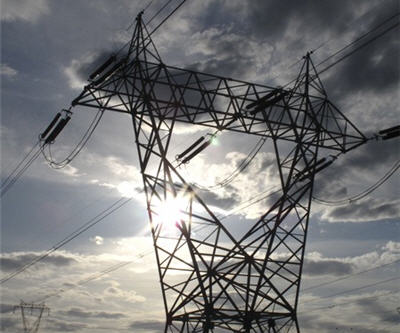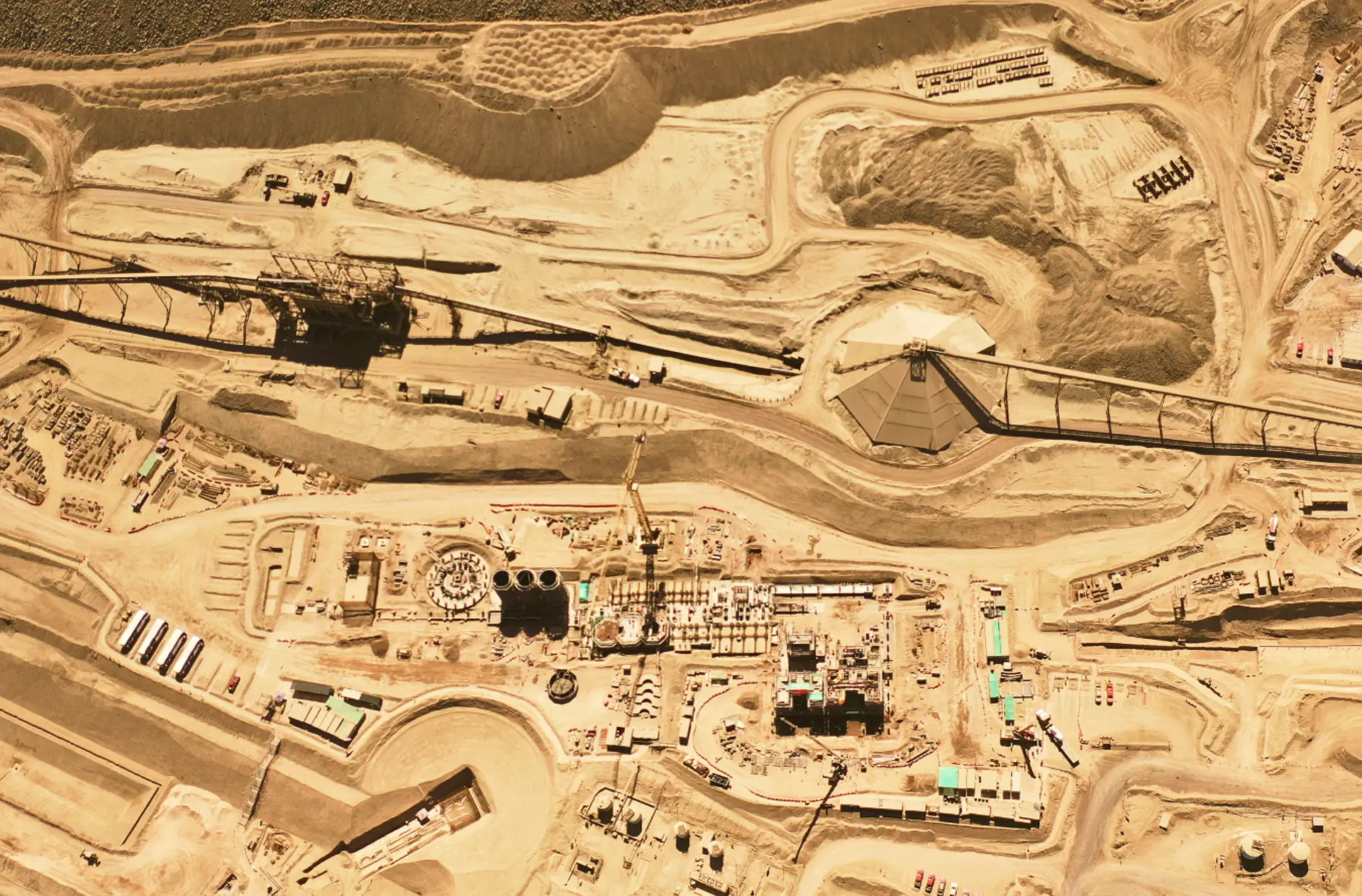Chilean mining industry faces looming energy crisis

Chile will not be able to keep mining for copper, gold and other minerals if the government does not address the country’s pressing energy needs, a mining conference in Santiago heard this week.
Fox Business News reported mining industry participants at CESCO saying that the country needs cheaper and more reliable power to mine the country’s vast copper reserves, which comprise a third of the world’s red metal. The country needs to double its energy capacity over the next decade.
State copper giant Codelco’s chief executive, Diego Hernandez, said Tuesday energy is the biggest challenge the Chilean mining industry faces. According to the chief executive of the company formally known as Corporacion Nacional del Cobre de Chile, electricity usage in the copper industry will increase 27% in coming years, as companies need more power to get copper out of the mined minerals.
Joaquin Villarino, the head of the Mining Council trade group, made a more desperate call. “Without a safe, accessible and inexpensive energy, mining companies’ investment plans won’t be able to materialize,” said Villarino.
But public opposition to more power is not helping to meet the shortfall. The Hacienda Castilla coal-fired power plant, a $5 billion plant to be built in northern Chile by Brazilian billionaire Eike Batista, has met with strident opposition from locals, as has the $3.2 billion HidroAysen project. The future of Castilla is currently in the hands of the Supreme Court while HidroAysen is still awaiting environmental approval after being submitted in 2008.
The warning about energy comes amid other challenges faced by Chile to meet its plan to boost copper output to 7 million tonnes a year, Reuters reported:
There are no easy fixes for tumbling ore grades at massive mines in northern Chile, protests over key energy projects that are threatening mining expansions and possible disruptions from extreme weather and labor unrest.
Chile’s copper exports fell 6.5% to US$10.5 billion in the first three months of 2012 from $11.2 billion in the same period last year, according to figures compiled by the country’s Central Bank.
Copper miners in Chile that are expected to underproduce, according to Reuters, include Codelco, Antofagasta Minerals, and Collahuasi.
Escondida, the world’s biggest copper mine jointly owned by BHP Billiton and Rio Tinto, saw a 25% drop in output last year due to a 2-week strike and a dip in ore grades. The companies are clearly bullish on the mine’s future, however, since they recently said they would spend $US 4.5 billion on an expansion – part of BHP’s $80 billion capital-spending plan through 2015.
{{ commodity.name }}
{{ post.title }}
{{ post.date }}




Comments